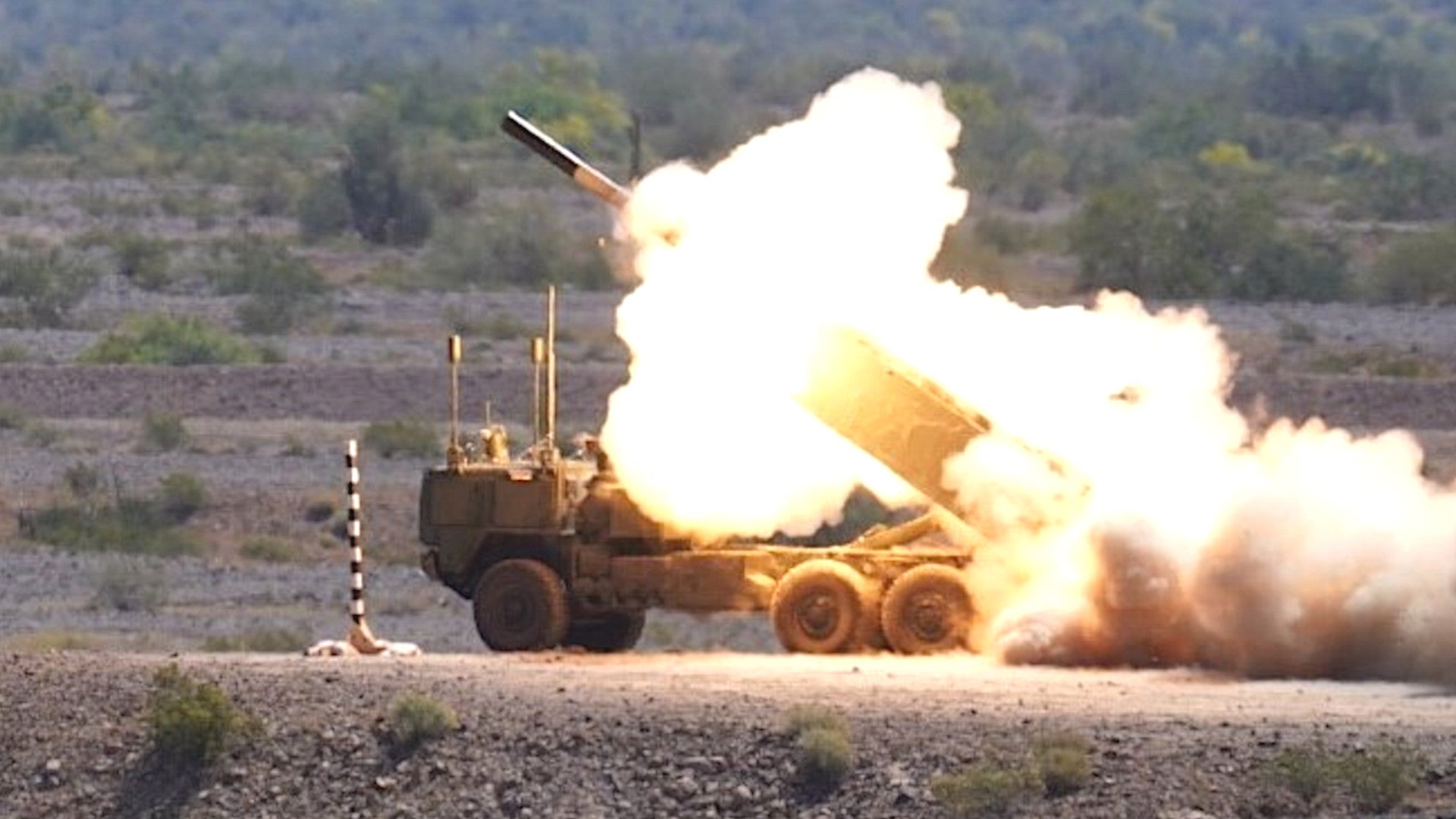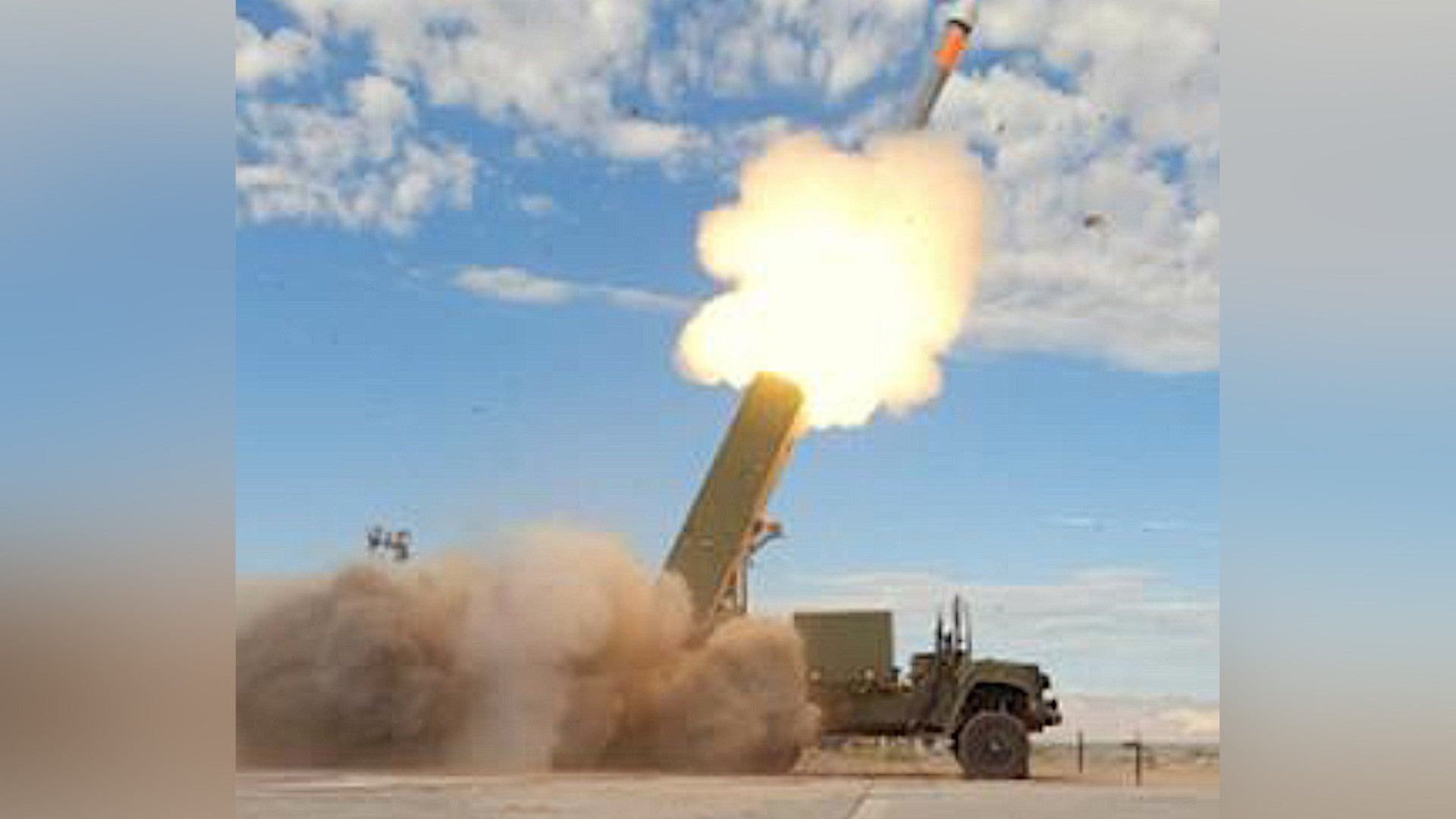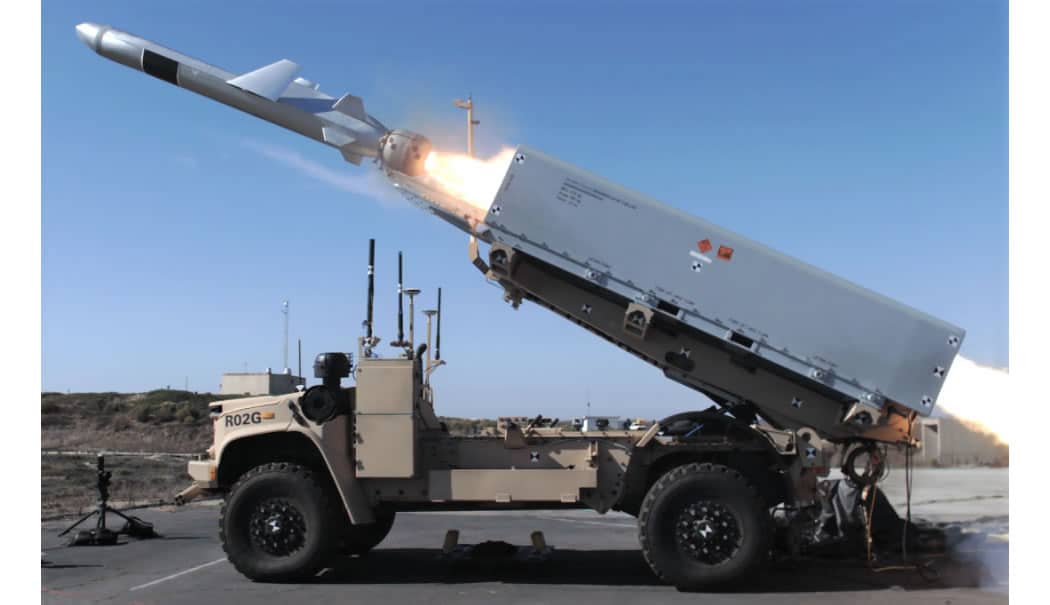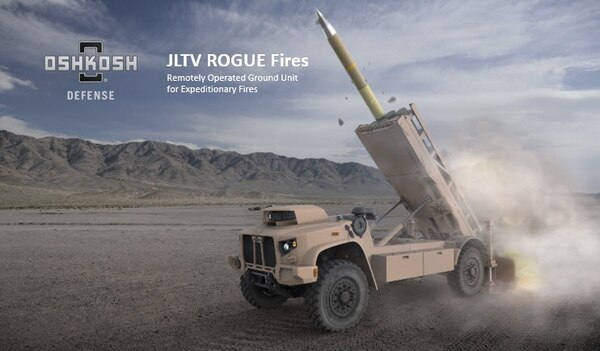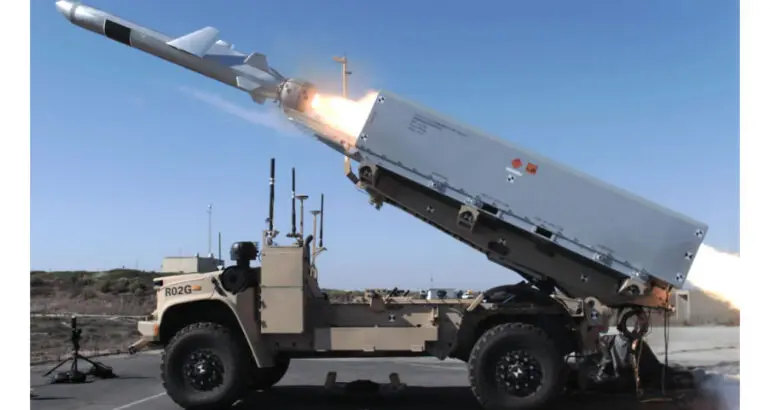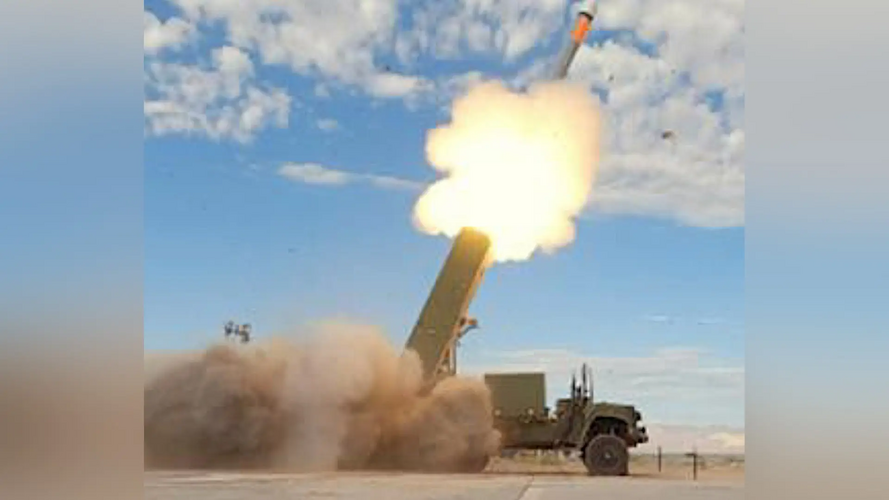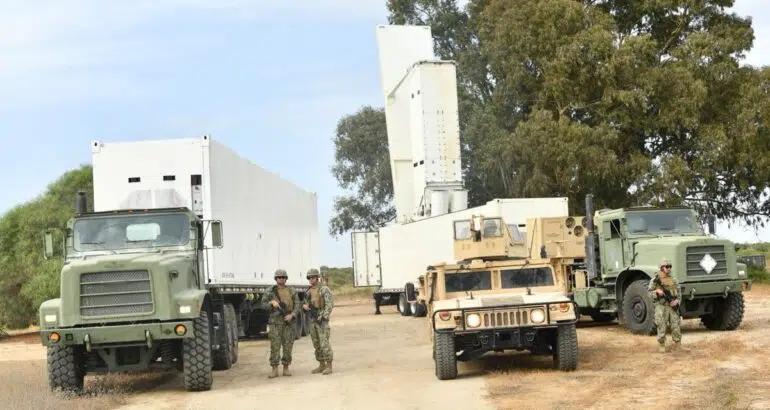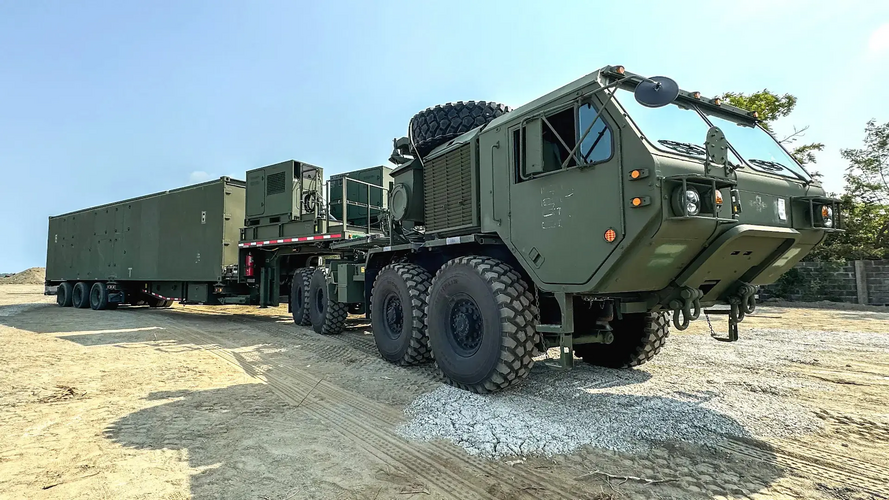- Joined
- 16 April 2008
- Messages
- 8,517
- Reaction score
- 10,694
It could also be used against ships too.
PrSM already has an antiship seeker capacity in work (Increment 2).
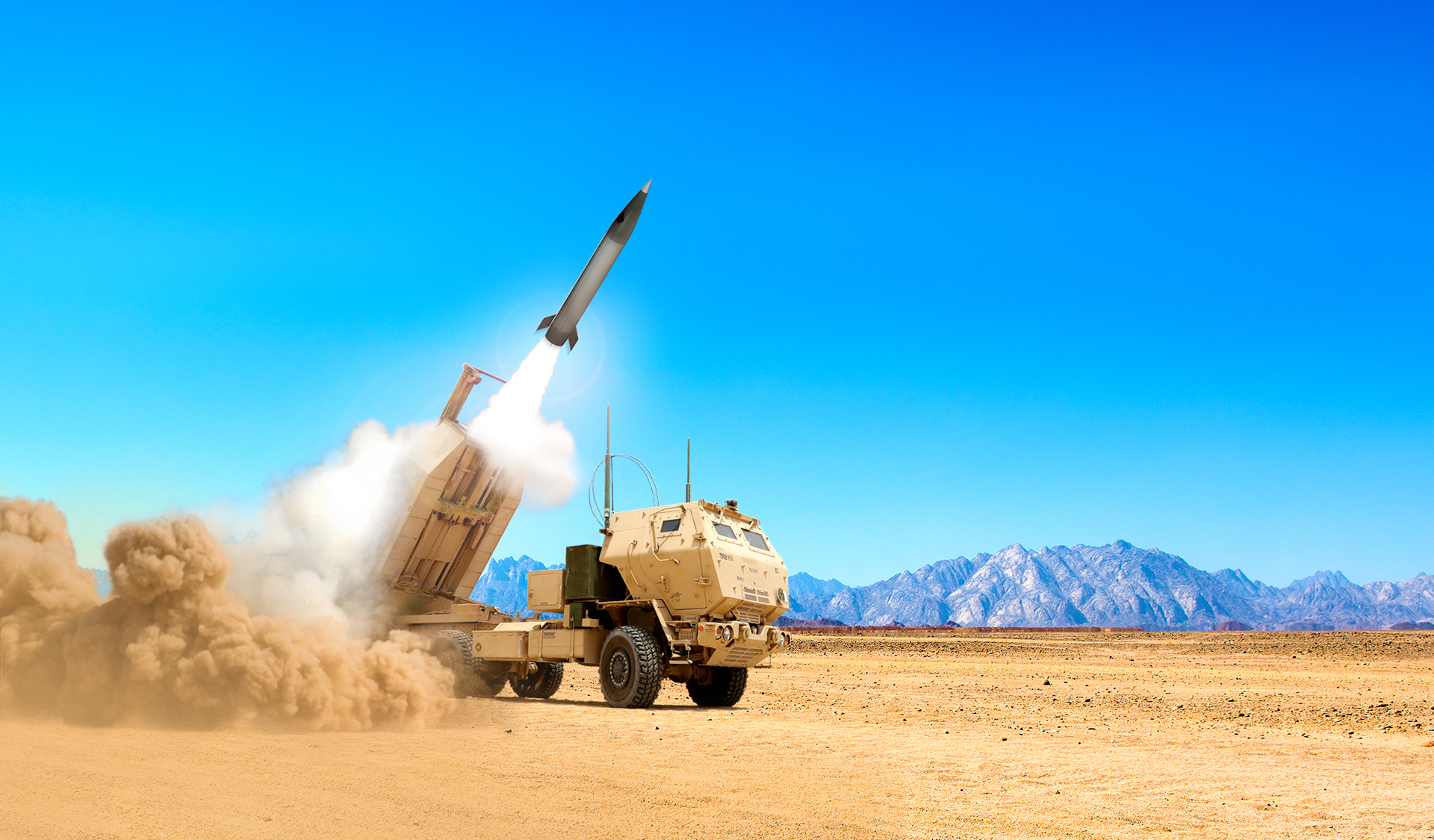
New Precision Strike Missile Seeker to Turn It Into Ship Killer
The US Army flight tested a Precision Strike Missile multimode seeker last year that enables the missile to perform maritime targeting.
 www.thedefensepost.com
www.thedefensepost.com
For the US missions, you need the range PrSM offers to have a credible antiship capacity in the Pacific.
As to moving targets and GMLRS, the US seems to have a different philosophy. If you have a target location and persistent tracking, you can use a standard guided rocket with in-flight course correction rather than stuffing a multimodal seeker into the projectile. Interestingly it's the same data link proposed for Patriot, which tells you something about how the US th inks about domain awareness. A track is a track, as far as we are concerned.

Lockheed Device Enables HIMARS Munitions to Strike Moving Targets
Lockheed Martin has demonstrated a communication device that provides in-flight target updates to munitions such as GMLRS.
 www.thedefensepost.com
www.thedefensepost.com


